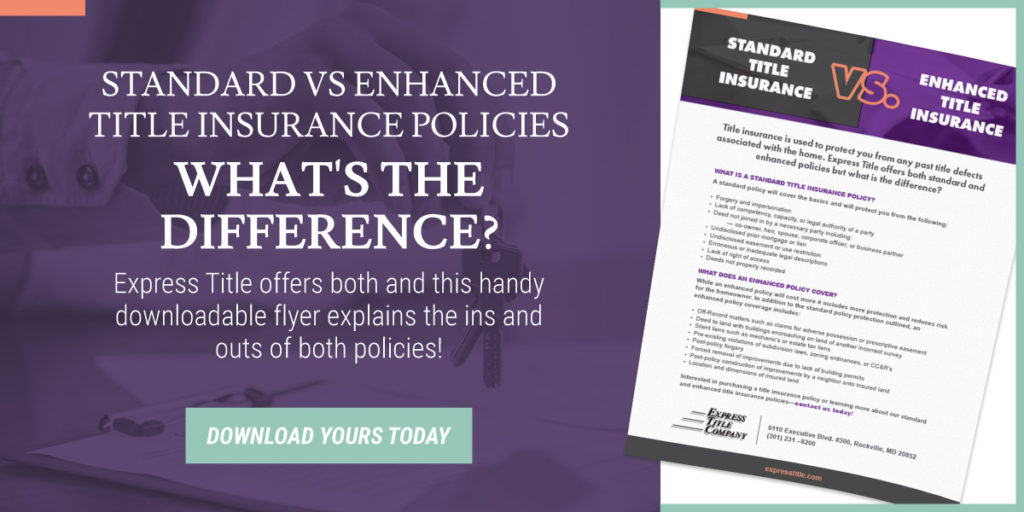For first-time homebuyers, purchasing a home is an exciting milestone, however, one cost that many may not know about is Private Mortgage Insurance or PMI. Often required by lenders for mortgages with a 20% or less down payment, this additional cost will be added to your monthly expenses. In some instances, purchasing a home and adding PMI is the only option, however, there are ways to avoid this extra fee. Check out these tips for how to avoid private mortgage insurance.
What Do You Need for a Mortgage Loan? Click Here to Learn More
What is Private Mortgage Insurance?
Private mortgage insurance is designed to protect mortgage lenders, not the homeowners. When you buy a home and make a down payment of less than 20% of the home’s purchase price, your lenders might require you to secure PMI. PMI protects your lender from the risks of default and foreclosure if you stop making payments on your loans.
If you are required to pay private mortgage insurance, it can either be paid in full at the time of closing or added to your monthly mortgage payment. PMI is not a permanent expense and can be dropped from the monthly mortgage payments once the borrower’s loan balance reaches 78% of the original value, or in other words, when equity reaches 22%. Borrowers can also request the PMI be removed when they pay the principal equivalent of the 20% down payment toward their loan.
Tips for How to Avoid Private Mortgage Insurance
- Make a 20% down payment
The simplest and ideal way to avoid PMI is to make a large down payment of at least 20%. A larger down payment can offer you an advantage, however, not everyone can afford it. The average cost of a home is $375,000 nationally, and that means that 20% of that is $75,000. One way to produce this amount is to save up overtime.
- Utilize Lender-Paid PMI
An alternative to eliminating the costs of monthly payments from PMI is to get a lender to pay for it, known as lender private mortgage insurance (LPMI). This option helps you as a homebuyer get a mortgage on your new home with as little as a 3% down payment, however, the lender will charge a higher interest rate. Therefore, it is important to compare costs and benefits before accepting LPMI.
- Use a “Piggyback Loan”
A piggyback loan, sometimes called an 80-10-10 loan, provides a way to double the size of your down payment with the help of a second mortgage. The first mortgage covers 80% of the home price, and the second covers 10%. The remaining 10% is covered by your down payment. If your lender does not offer a second mortgage, you can get it from a local bank or credit union.
- Military Member or Veteran
If you are a member of the military or a veteran, you qualify for a VA loan. VA loans that are backed by the Department of Veterans Affairs do not require PMI, however, there is a one-time funding fee.
Homeownership is a monumental life event worth every penny. While waiting to buy a home until you have saved 20% of the down payment may seem like the best option to avoid Private Mortgage Insurance, this shouldn’t be the only thing holding you back. Buying a home can be frustrating and exciting at the same time, so before you use all your savings or retirement funds to pay for that 20% down payment, it is worth remembering that PMI is not tacked onto your expenses forever. To learn more about how Express Title can help you achieve homeownership, contact our team today. We are here to help you every step of the way.


